Exclusive interview with Carly Vidal Wallace – NJAL Creative Community Curator
Not Just a Label (NJAL) is the world’s leading designer platform for showcasing and nurturing today’s pioneers in contemporary fashion.
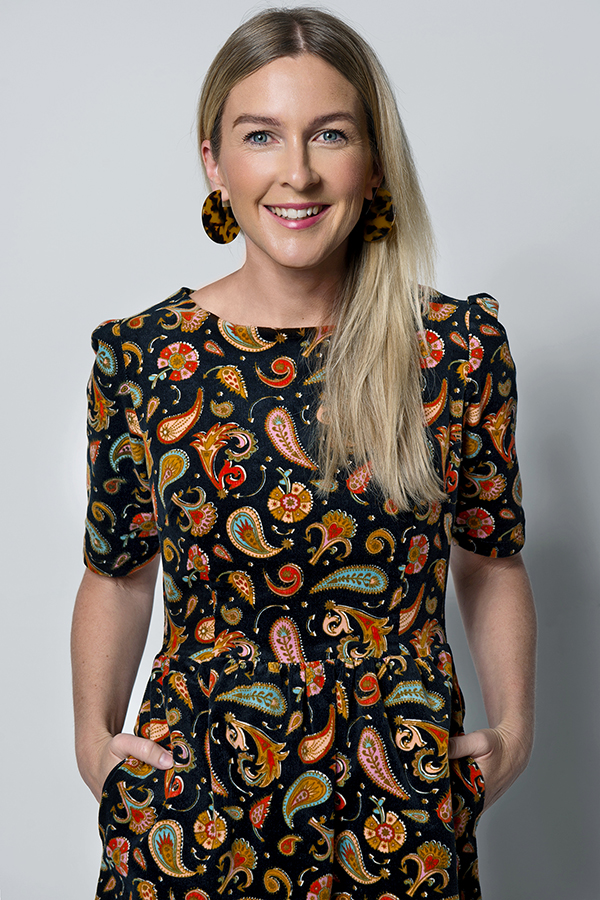
Q: How and when did you start working with Not Just a Label?
My role as Creative Community Curator with Not Just a Label commenced in March, 2018; I had just decided to sell my fashion event company in Australia and had recently moved from Australia to the Los Angeles area. When I read the role requirements, it summarised all my skills and attributes into a “dream job”. Additionally, to be able to work with and learn from Founder and CEO Stefan Siegel; who has been a leader in the fashion industry promoting emerging talent for the past decade, has been a priceless opportunity.
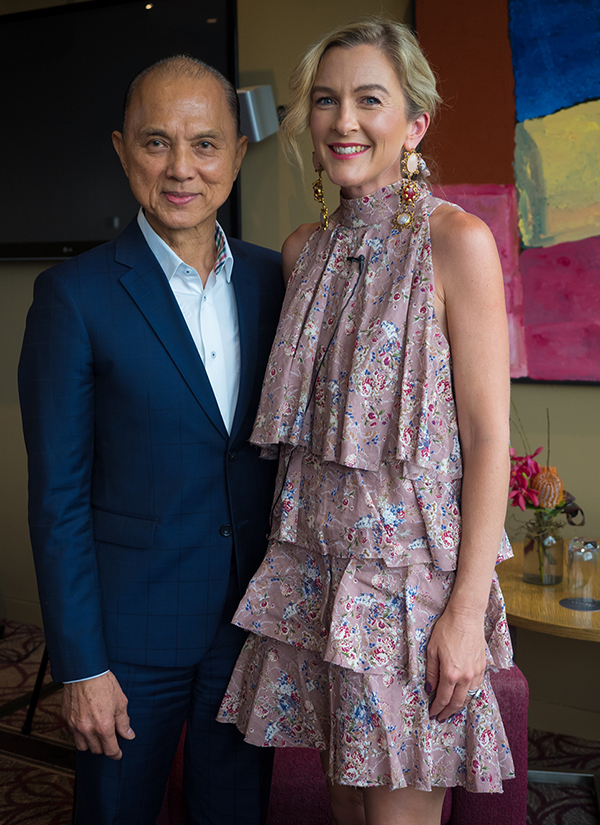
Carly Vidal Wallace and Jimmy Choo – credit John Pryke
Q: What suggestions would you give to a new designer to become a successful one?
This is such a broad question; as it really depends where a new designer is in their business journey as such advice can really differ from each person. These are my broad guideline tips:
- Story Telling: Take people on a journey.
Designers today are extremely lucky to have the possibility to create a global voice for their brand thanks to social media, (even 10 years ago this was not as easy as it is today). However it takes more to being successful that just pretty images, brands need to be able to communicate their story/values/beliefs and take people on a journey with them. Designers need to use their creative skills to tell great stories. Customers invest in a brand they believe in, so to stand out make sure you understand what your unique story is, and communicate it well with your tribe of dedicated followers.
- It’s all about business: Use your skills.
Successful designers/brands who “make it” all have some sort of a business plan or road map. You need to have long term goals you are aiming towards which you break down into small challenges. To reach these goals you must know your strengths (and be great at them). More importantly you need to understand your weaknesses and find people who can assist. If accounting/profit and loss is not your strength then find people that can help with these tasks (if you are just starting out, maybe that is just a mother/dad or an Aunty). If you don’t readily have someone available use Google and upskill. Don’t forget the core behind the success of a brand is selling stock, so you need to have a sturdy sales strategy, and a good understanding of your pricing, budgets, and capital to make sure the business will run at a profit. Do not aim to run a hobby fashion business, aim to be successful financially.
- Innovation: Solutions.
Today more than ever designers need to be looking to the future to provide sustainable solutions. New business models (rental services of garments…etc etc), technologically advanced fabrics, 3D options etc. Emerging designers are the trend setters of the future and consumers are looking for what is next, I would make sure every designer/brand keeps this in mind to stay ahead of the game. Being smaller than the big brands means they can adapt and change much more quickly.
- Get real: It’s hard work.
I recently chatted with Diane Von Furstenburg in Beverly Hills and she stated the best advice was “not to be delusional” which I also think is a pretty great quote. Designers need to know that nothing happens without constant, endless, tireless hard work. Success is not over night and the fashion industry is not a series of parties and runways. Designers need to work consistently and learn from every mistake and get back up again and try harder. No successful designer/brand will ever say it was an easy road.
Lastly, understand what success is to you (as this is so different for each person and will potentially keep shifting) realise when you have made great progress towards your goals and celebrate the small accomplishments.
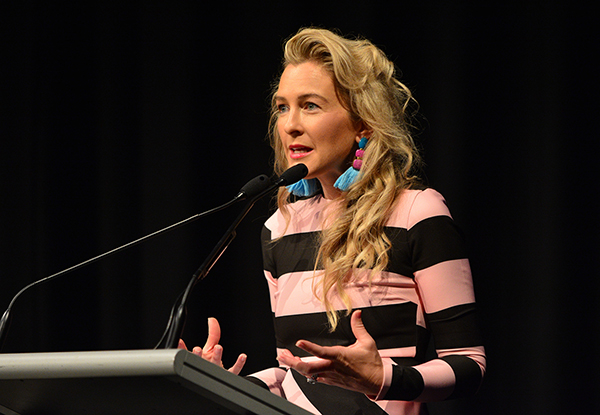
Q: What attributes are you looking for when curating the Not Just a Label designers?
With approximately 35,000 designers from 150 different countries we are quite strategic with the curation process. First and foremost we look for great quality in the designs and craftmanship, we like to see that designers are really trying to push the limits and create cuts and styles we have not seen before. Secondly designers must have stand-out imagery to showcase their work, sometimes it is such a shame to see blurry images which have been created for an aesthetic/artist feel, but our team really cannot see the garments. Also as we have so many editors and stylists (as well as buyers) who visit the site daily, the images cannot just be flat lay – we look for polished, editorial style images – as these are what stand out on the website. Lastly a detailed profile description about the brand/designer history, consumers want to know more about a brand and it’s beliefs. When chatting recently to Clare Press (Sustainability Editor-At-Large for Vogue Australia) she said in particular when using the NJAL website “I want to be able to read about what sustainability practises a brand is incorporating into their business (…) when designers use abstract expressions it doesn’t mean anything”. As an added bonus we also love to see a brand that has its own e-commerce website where they are actively selling their designs and building the business.
Q: I read that you sold you fashion brand, can you tell us more about it?
I was in a very lucky position in that my mother’s business had a factory of manufacturers, pattern makers, pattern digitisers etc and the company also sold fabrics. Growing up I learnt to use a sewing machine at 5 years old and would go on to make my own patterns and then use the industrial machines; for my entire life I literally had thousands of fabrics at my disposal with a manufacturing team who could make me anything I designed (and a very supportive entrepreneurial mother). The family business historically made custom dance and ice skating, high-detail performance costumes for TV and stage, and had never produced anything for the ready-to-wear fashion industry.
As the increase in demand shifted to China for the costume industry, there was a great opportunity to pivot into fashion, hence I created my own label. I learnt first-hard how, despite being gifted with a savvy business/ entrepreneurial spirit, funding, manufacturing and fabrics how difficult it is for a new designer to enter the industry. I noticed an extreme lack of education or support in the industry (especially where I was in Brisbane, Australia) which saw me reach out to the major fashion bodies like the Australian Fashion Chamber (now Council) where with their help I decided to build and run educational events for other designers so I too could learn and network.
These events were met with overwhelming success, and before I knew it I was running an annual fashion festival, where I was lucky to interview people like Jimmy Choo, and Kellie Hush (the then Editor in Chief of Harpers Bazar), as well as build runway shows, Q&A series, workshops, pop-up shops and designer competitions. The success really came down to running a fashion series without any of the usual pretentiousness that the industry generally attracts. My festival flourished and over the course of the month I would sell over a thousand tickets to over 40 different events with my 12 staff and 80 volunteers. The emerging designer community also flourished with all the extra TV attention, runways, involvement of local Politicians and most importantly introductions to new customers.
The success of the events and the hours needed to run these, matched with the joy I felt from helping others soon overweighed the time needed to keep concentrating on my own fashion label. The label in fact became the catalyst to end up helping hundreds of designers succeed. After releasing two successful collections I sold my label and all the IP to one the colleagues who helped me create the brand.
I have been able to live first-hand how difficult it can be to start and maintain a fashion label and I have also experienced the thrill and satisfaction (excitement) of seeing your own designs come to life on a runway and be worn and loved by someone else. I am humbled to be able to use all my experience and knowledge now to help over 35,000 other emerging designers based all over the world with Not Just a Label.
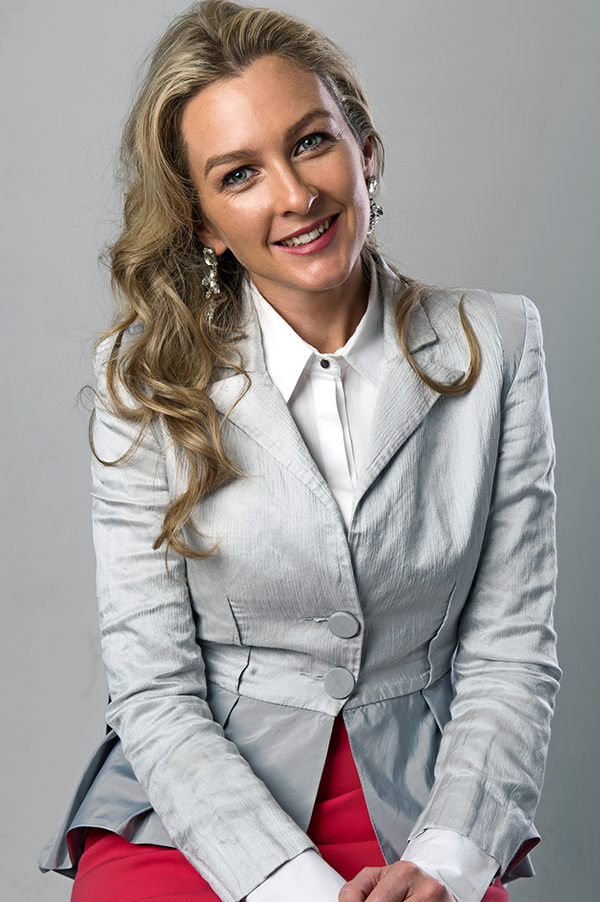
Q: You have lived all over the world, but which place do you call home? and why?
I always go back to the expression “home is where the heart is”, and my heart is firmly with my family. I have lived in many different places, from Brisbane (Australia), Dubai (UAE), Nice, Paris, Pau (France) and then now in Orange County (USA). I do feel like a global citizen, having dual passports from France and Australia, some days I miss the great cheeses and beautiful countryside in France or being able to jump on a train to Italy, and other days I miss the beaches I grew up at in Australia. I do always try and enjoy the adventure of living where we are right now and being present in the moment.
Q: What does fashion mean to you?
Fashion to me; is a form of art that is a way to express yourself, who you are, and what you believe in. It is the easiest way to non-verbally make a statement; understanding that people will constantly judge by appearance (and images on social media) and fashion is a way to use this to your advantage to tell your story. I try to create influence in whatever I wear and choose to always support emerging designers (who have some level of sustainable ethos).
As my CEO Stefan Siegel says “We must fight complacency in this world, and every one of us can make a difference”.
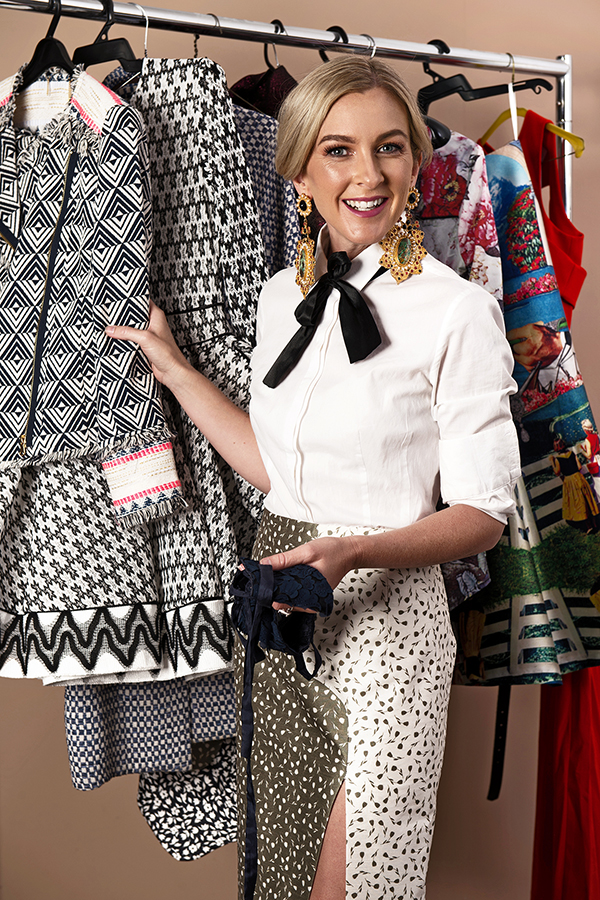
For more info visit www.carlyvidalwallace.com

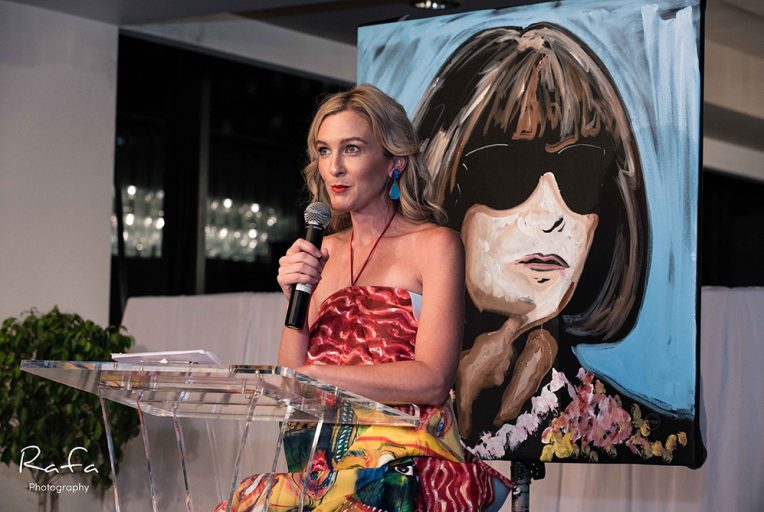
0 Comments